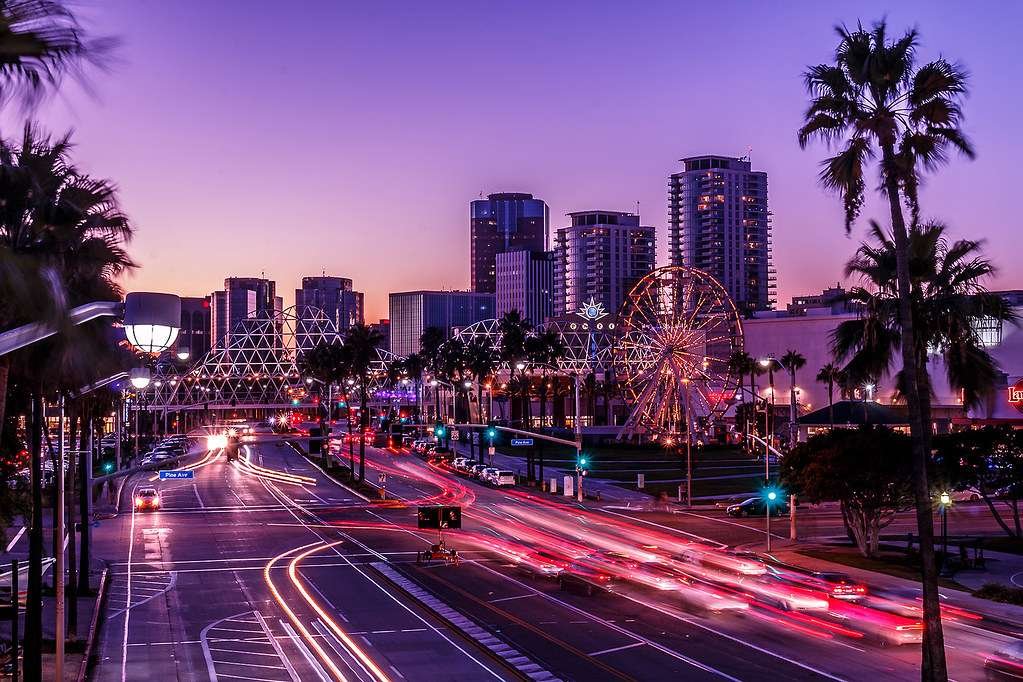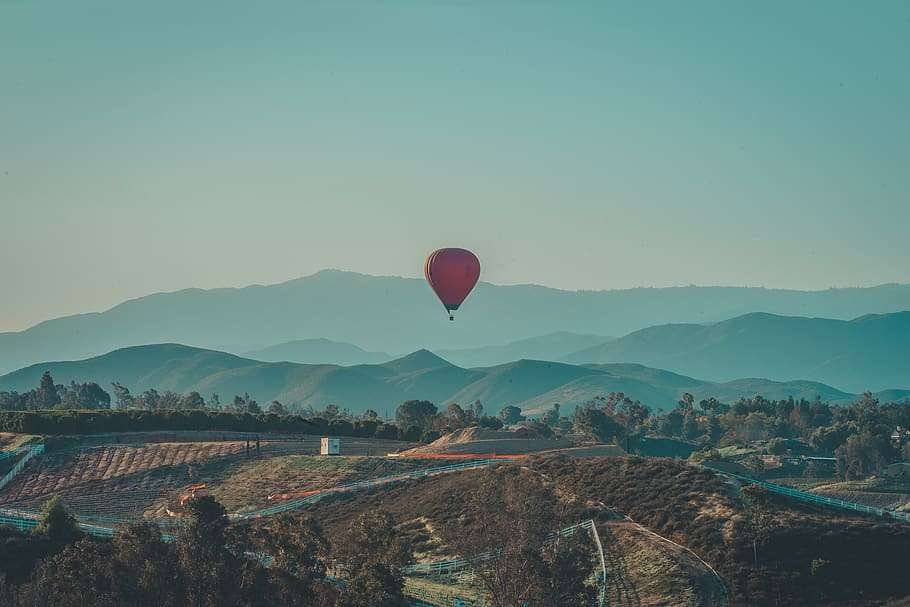Thousands of lakes are spread throughout the nation, so chances are you’re not too far from a lovely lake—just a tank full of gas would do. However, not all lakes are made alike; we’ve compiled a list of some of the most beautiful lake in us since certain lakes truly struck it lucky for their natural beauty.
Consider the crystal-clear, icy Lake Superior or the perfectly blue, deep water of Oregon’s Crater Lake, formed by a volcano, as they crash against striking sandstone cliffs.
Most Beautiful Lakes in the United States
Lake Willoughby, Vermont

Vermont is home to many breathtaking scenery, from towering peaks to picture-perfect fall foliage. Thus, it should come as no surprise that Willoughby State Forest, located close to the hamlet of Westmore, is home to one of New England’s purest, bluest lakes. Lake Willoughby, also called “America’s Lucerne,” is located between Mount Pisgah and Mount Hor. Its transparent waters let you view the entire 300 feet down. Boating, fishing, and swimming are available to visitors (but keep in mind that this is a glacial lake, so be ready for chilly temperatures that can drop as low as 32 degrees). For those who want to stay overnight, there are lakefront accommodations and opportunities to rent kayaks, paddleboards, and canoes. In addition, the Willoughby Lake Store offers food, beverages, and bait. the prettiest lakes in the united states.
Lake George, New York
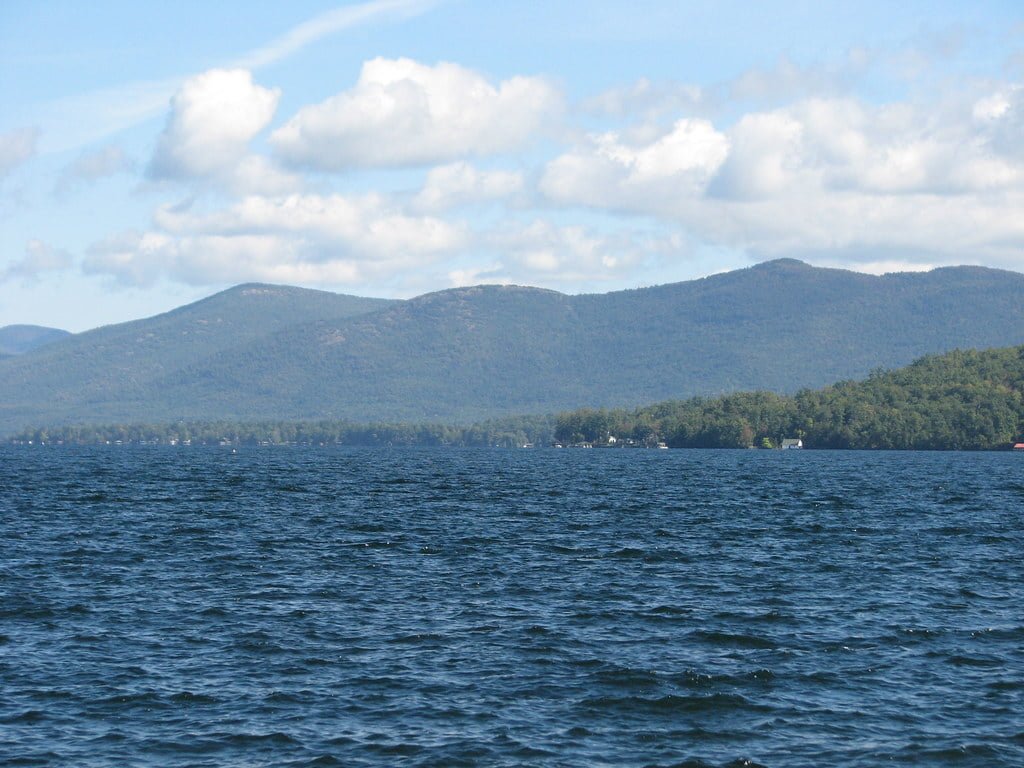
A 10-mile stretch known as Millionaires’ Row still features many of the most beautiful lake in america, original beachfront stone palaces built by the Gilded Age robber barons, who used the so-called “Queen of American Lakes” as a playground. Dating back to the 1880s, the Sagamore Resort remains open to visitors today. The lake is confined to a narrow swath at The Narrows, a little area dotted with islands of varying sizes by the southern Adirondacks.
Lake Santeetlah, North Carolina
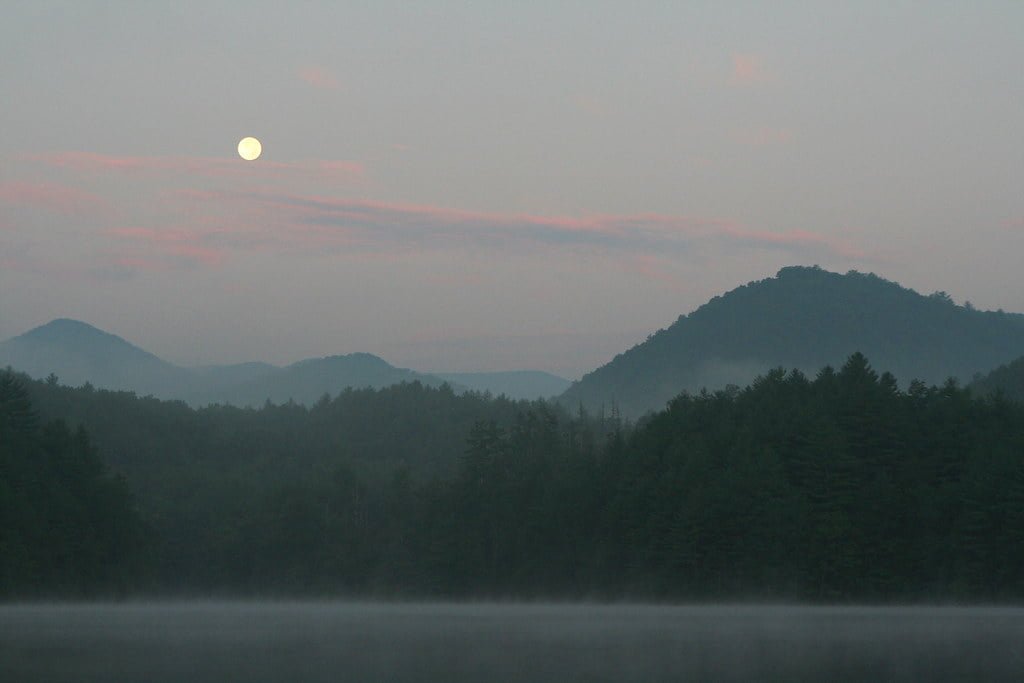
Situated deep within the Nantahala National Forest and encircled by the Great Smoky Mountains, the 76-mile shoreline of Lake Santeetlah is entirely covered in forest, rendering it nearly impervious to development. The result is a peaceful haven where you may enjoy kayaking, canoeing, or just lounging on the beach at Cheoah Point. Watch out for bald eagles, hawks, beavers, and otters.
Yellowstone Lake, Wyoming

Under the watchful gaze of the Beartooth and Absaroka mountains, Yellowstone Lake is a crystal-clear, deep, and frigid body of water situated in one of the most active geological zones on Earth. Winter may be the finest season to see the lake, as the bursting geysers along the West Thumb shoreline are like vibrant cauldrons in the snow, with steam rising eerily from the freezing terrain. Each summer, almost 4 million people visit the national park.
Lake Superior, Minnesota, Michigan, and Wisconsin

The largest freshwater lake in the world (by surface area) is Lake Superior, as its name suggests. Its 2,800-mile stretch of breathtaking coastline offers views that last a lifetime. Among the area’s natural attractions are the Apostle Islands’ sea caves, Pictured Rocks National Lakeshore’s 200-foot sandstone cliffs, beaches, and cascading waterfalls. Another is the remote, untamed Isle Royale, home to wolves and moose. Traveling by car, kayak, hiking, or ferry can get you where you want to go. Ask the daring surfers of North Shore; this lake is so large that it sometimes feels more like the ocean.
Flathead Lake, Montana
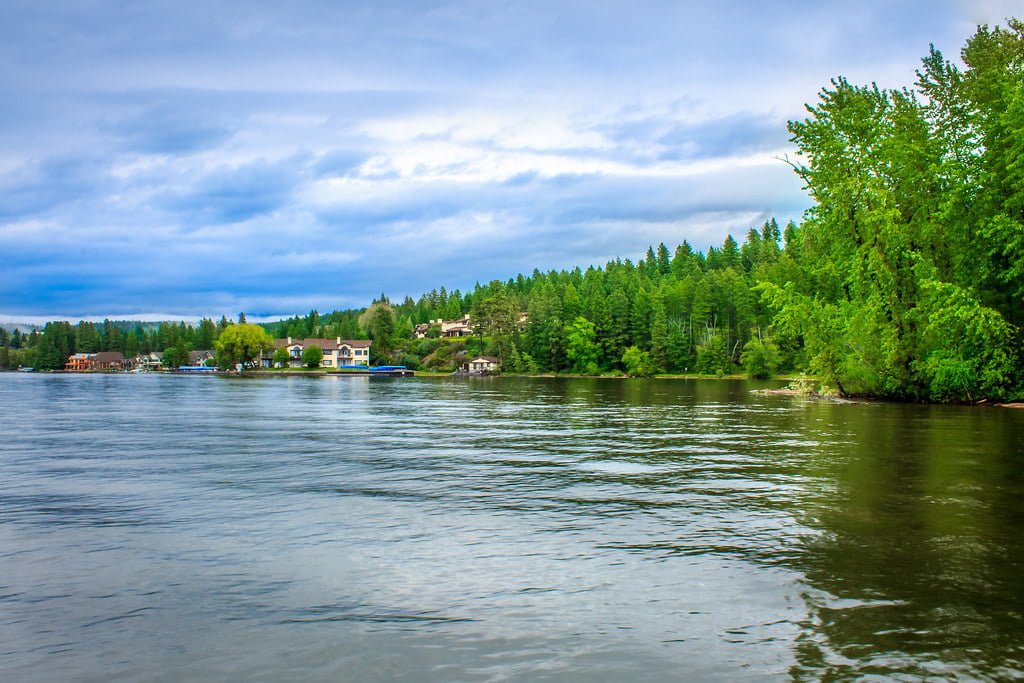
The Mission Mountains to the east and the Salish Mountains to the west cradle the clear, crystalline waters of the Flathead, the largest naturally occurring freshwater lake west of the Mississippi. Blessed with a hot environment for this far north and inland location, the east bank of the lake is home to vineyards and fruit plantations. Even the Flathead Lake Monster exists; based on specific reports, it might have a near relative in Loch Ness. However, the likelihood of seeing wild horses wandering the state park is higher.
Crater Lake, Oregon

Engraved along the almost 22-mile rim of Crater Lake is the narrative of its genesis. It was created around 8,000 years ago when the smoldering crater was left behind by the eruption of Mount Mazama, which was subsequently filled with rain and snowmelt. Light reaches around 400 feet below the surface, with an average visibility of 103 feet. Two islands rise from the deep blue lake: the tiny, almost desolate Phantom Ship and the heavily forested Wizard Island. This creates an even more stunning picture.
Lake Tahoe, California, and Nevada

Tahoe is the largest alpine lake in North America and the second deepest (1,645 feet) in the United States. The snow-capped Sierra Nevada mountains surround it with an Impressionist blue color scheme. If not for the lake’s consistently cold water, you would think you were swimming in the Caribbean, with visibility reaching over 70 feet in certain areas. The adjacent ski runs provide breathtaking views of the lake in the winter.
Caddo Lake, Texas, and Louisiana

Uncertain, Texas, is the best way to describe the atmosphere of this area out of all the small communities around Caddo Lake. the largest cypress forest in the world. This is more of an intricate network of bayous, swampy marshes and backwaters than a lake. (During Prohibition, this is where beer boats hid.) You only get to enjoy Caddo’s pristine beauty by boat or canoe, but bring a map.
Mono Lake, California

Mono Lake was almost completely devastated by Los Angeles’s demand for the waters that nourished it. When the water level fell, some unsettling-looking tufa towers were visible. Underwater, calcium-rich subterranean springs combine with carbonate-heavy lake water to generate these limestone columns.
They are still visible today, even after almost thirty years of stringent control to replenish “California’s Dead Sea.” Dead, however, is a misnomer since every year, in Mono’s fishless, hypersaline water—three times saltier than the ocean—trillions of microscopic brine shrimp and alkali flies hatch, providing millions of birds with food at one of the most beautiful lakes in the united states, most significant migratory pauses in North America.
Echo Lake, New Hampshire
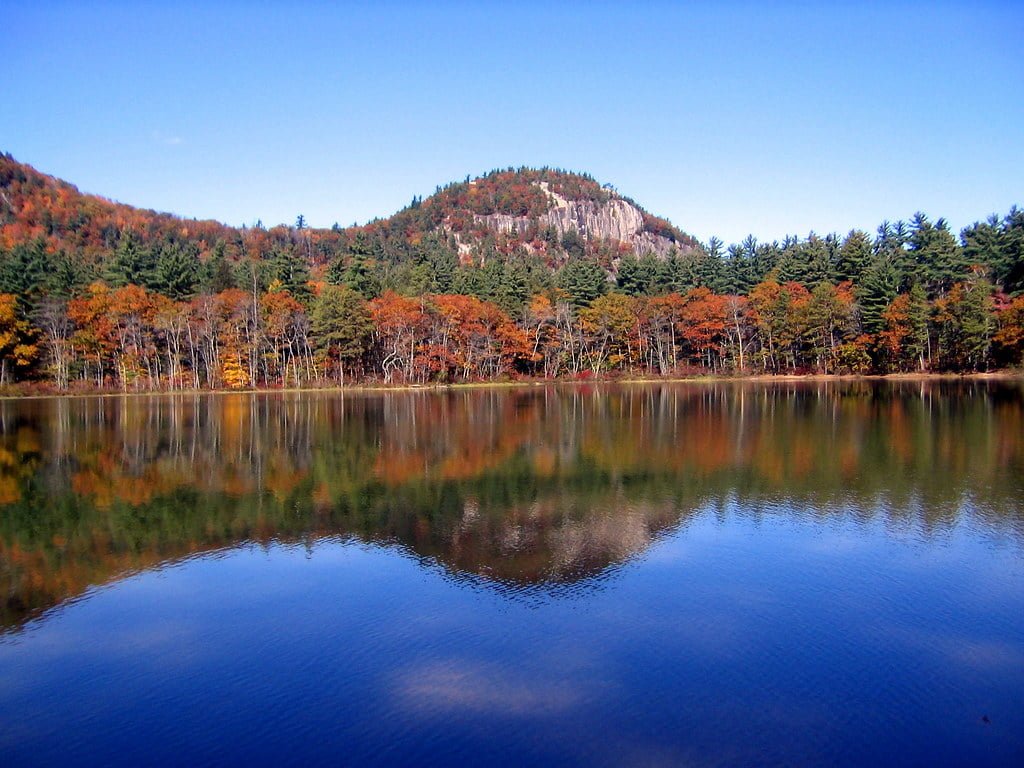
Echo Lake lies in the southeast corner of the White Mountain National Forest, shaded by Whitehorse Ledge, whose reflection almost wholly surrounds the 16 acres of lake. Popular rock-climbing locations are Whitehorse and the adjacent 700-foot cliffs of Cathedral Ledge, which reward hikers with breathtaking vistas of the far-off mountains and Echo Lake below. Autumn is gorgeous when those slopes burst into vivid oranges, yellows, and reds; follow one of the the most beautiful lake in usa, many hiking paths for a close-up view.
